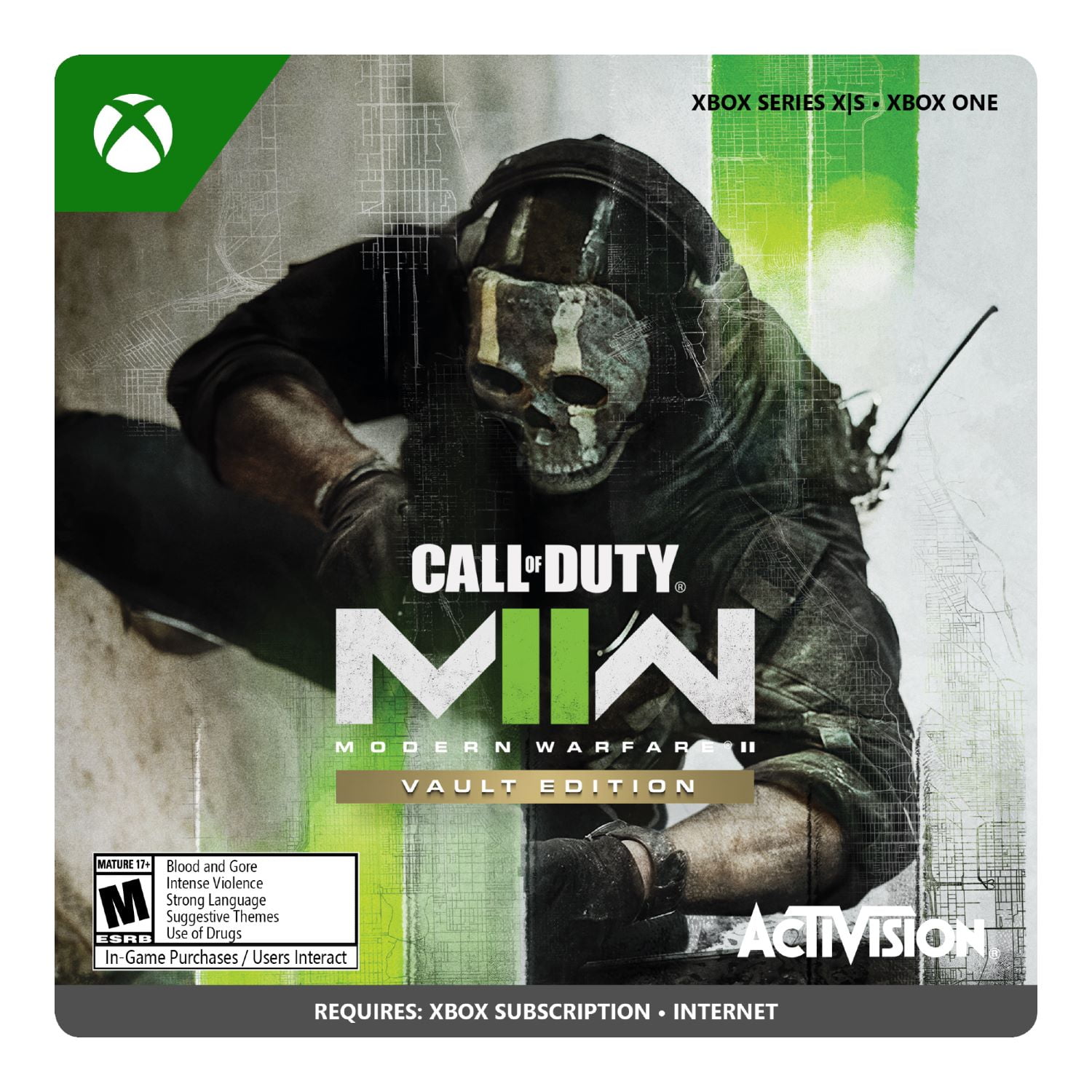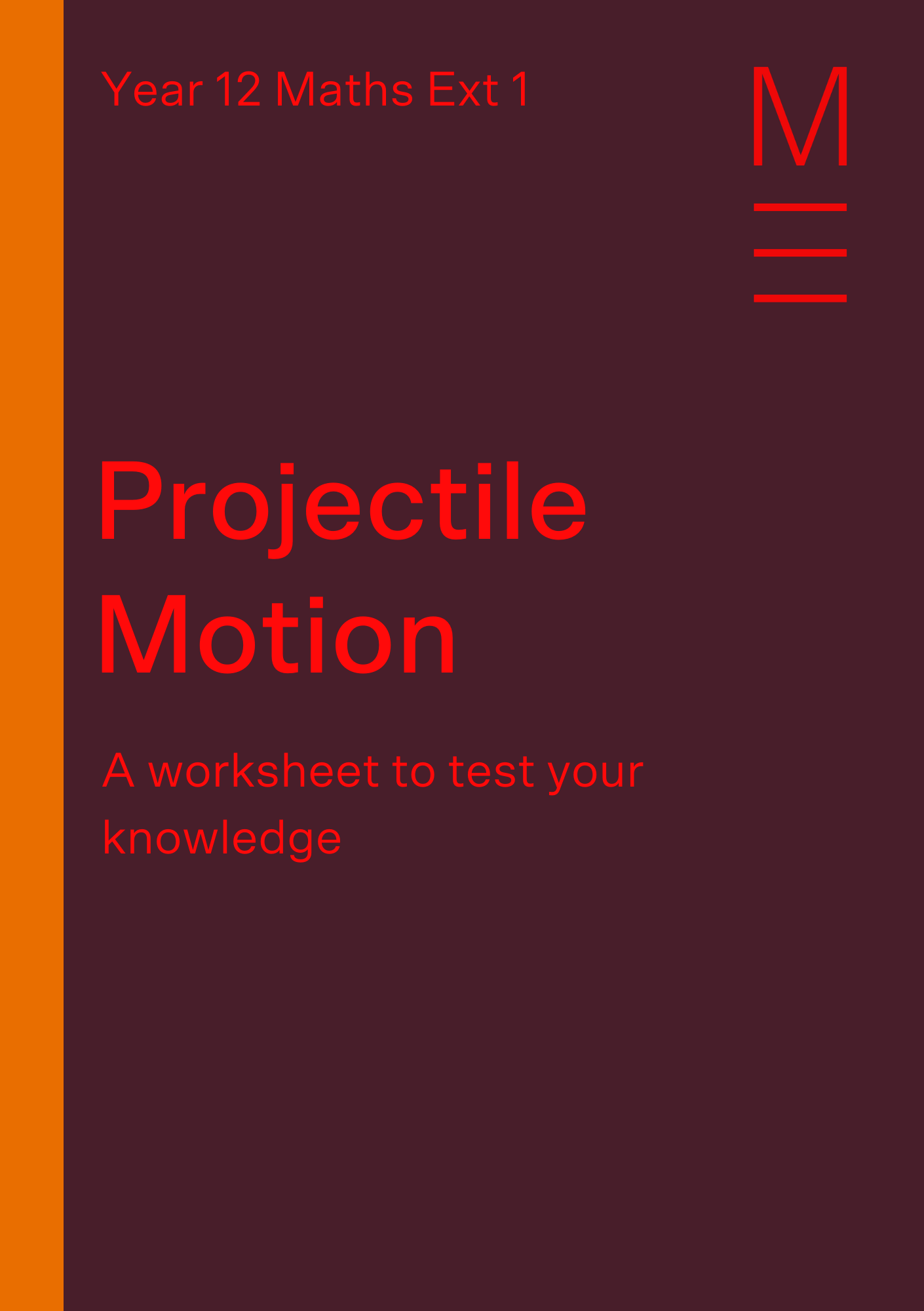Perfect Your Aim: A Comprehensive Guide to Projectile Control in Modern Warfare II

Perfect Your Aim: A Comprehensive Guide to Projectile Control in Modern Warfare II
Modern Warfare II demands precision. It’s not enough to simply point and shoot; mastering projectile control is the key to unlocking your true potential and dominating the battlefield. This guide delves deep into the nuanced mechanics of aiming in MWII, offering strategies and techniques to elevate your gameplay from amateur to sharpshooter.
Understanding the Fundamentals: Beyond Simple Recoil
While recoil management is a crucial aspect, true projectile control extends far beyond simply pulling down on your mouse or controller. We’re talking about anticipating bullet drop, understanding weapon sway, and mastering leading targets. Let’s break it down:
1. Recoil Control: The Foundation
- Weapon Familiarity: Spend time in the firing range. Learn each weapon’s unique recoil pattern. This isn’t just about vertical recoil; horizontal sway significantly impacts accuracy at range.
- Grip & Attachments: Experiment with different grips and attachments. Some reduce recoil, while others offer stability enhancements. Find the perfect balance for your playstyle.
- Breathing Techniques: Sounds cliché, but controlled breathing minimizes minor hand tremors that affect your aim.
2. Bullet Drop: Mastering the Distance
Forget the “laser beam” mentality. Bullets, especially at longer ranges, experience significant drop. This is influenced by:
- Weapon Type: Snipers experience far more dramatic bullet drop than SMGs.
- Caliber: Larger calibers generally experience more drop.
- Range: The farther the target, the more pronounced the drop.
Mastering bullet drop requires:
- Zeroing: Adjust your weapon’s zeroing to compensate for drop at specific ranges.
- Leading: Anticipate the target’s movement and aim slightly ahead of them.
3. Weapon Sway: The Unsung Villain
Weapon sway, that subtle back-and-forth movement, is often underestimated. It’s amplified when you’re running, ADSing, or even just slightly tense. Minimize sway by:
- Controlled Movement: Avoid sprinting unnecessarily.
- Strategic ADS: Don’t ADS unless necessary. The longer you ADS, the greater the sway.
- Patience: Take your time. Don’t rush your shots.
Advanced Techniques: Sharpening Your Skills
Once you’ve grasped the fundamentals, it’s time to elevate your skills with these advanced techniques:
1. Leading Moving Targets: The Art of Prediction
Leading is crucial for consistently hitting moving targets. It involves anticipating where the target will be by the time your bullet arrives. Practice this in different scenarios:
- Slow-Moving Targets: Requires subtle lead adjustments.
- Fast-Moving Targets: Demands significant lead, often requiring you to aim well ahead.
- Erratic Movement: Mastering this requires experience and intuitive prediction.
2. Burst Fire and Tap Firing: Precision over Speed
Instead of holding down the trigger, try burst fire or tap firing, especially with weapons prone to heavy recoil. This allows for more controlled shots and improved accuracy.
3. Utilizing Cover and Positioning: Tactical Advantage
Strategic positioning dramatically improves your aim. Use cover effectively to reduce exposure while maintaining a clear line of sight.
Weapon Specific Considerations
Different weapon classes require different aiming strategies:
| Weapon Class | Aiming Focus |
|---|---|
| Assault Rifles | Recoil control, mid-range accuracy |
| SMGs | Close-quarters accuracy, hipfire proficiency |
| Sniper Rifles | Extreme range accuracy, bullet drop management |
| LMGs | Suppressing fire, controlled bursts |
Practice Makes Perfect: Sharpening Your Skills
Consistent practice is the key to mastering projectile control. Utilize the firing range, custom games, and even the regular multiplayer to hone your skills. Experiment with different weapons, attachments, and aiming techniques to find what works best for you. Analyze your gameplay; identify areas for improvement and relentlessly refine your technique. The path to mastery in Modern Warfare II is paved with practice and precision.

Additional Information
Perfecting Your Aim in Modern Warfare II: A Deeper Dive into Projectile Control
While a basic guide to projectile control in Modern Warfare II (MWII) might cover fundamental aspects like recoil management and hip-fire accuracy, a truly comprehensive understanding requires a deeper dive into the nuanced mechanics affecting projectile trajectory and behavior. This analysis will explore advanced techniques and considerations beyond the basics, focusing on factors often overlooked by casual players but crucial for competitive performance.
1. Beyond Recoil Management: Understanding Weapon Sway and Bloom:
Simple recoil control addresses the consistent upward and lateral movement of a weapon after firing. However, MWII introduces more complex elements:
- Weapon Sway: The inherent wobble and instability of a weapon, particularly noticeable when stationary or moving slowly. This is not simply random; it follows predictable patterns based on weapon stats (e.g., a heavier LMG will sway less than a lightweight SMG). Understanding these patterns allows for preemptive aiming adjustments, anticipating the weapon’s position before firing. Analyzing slow-motion replays of your gameplay can help identify your individual sway patterns and refine your compensatory movements.
- Bloom: The widening of the bullet spread as the weapon overheats. This is significantly more impactful than simple recoil. Continuous firing without allowing for cooling periods drastically reduces accuracy, even with perfect recoil control. This necessitates strategic bursts of fire, understanding the weapon’s heat generation rate, and utilizing cooling mechanics (if present). Data mining of weapon stats could reveal optimal burst lengths for maximum accuracy before bloom significantly impacts precision.
2. Projectile Velocity and Drop: Advanced Range Estimation and Leading:
Projectile velocity and gravity significantly affect long-range accuracy. Simply aiming directly at a target is insufficient at longer distances.
- Velocity Impact: Faster projectiles require less leading (anticipating the target’s movement). Conversely, slower projectiles necessitate significant lead, especially on moving targets. Understanding the individual velocity of each weapon in your arsenal is crucial for adjusting your aim accordingly. This knowledge can be gained through experimentation and referencing community-compiled weapon statistics.
- Drop Compensation: Gravity causes projectiles to arc downwards. This effect is negligible at close range but becomes increasingly important at longer distances. Advanced players learn to incorporate this drop into their aim, adjusting their point of aim upwards to compensate for the projectile’s trajectory. Practice with different weapons at various ranges is key to developing an intuitive understanding of drop compensation.
3. Environmental Factors: Physics and Interactions:
The game world’s physics engine directly impacts projectile behavior. These factors are often overlooked but can significantly influence accuracy:
- Wind: While not explicitly modeled in MWII, wind effects might be subtly incorporated into the game’s physics engine. Observational analysis of projectile trajectories in open areas, particularly with slower projectiles, could help determine the presence and magnitude of such effects.
- Collisions: Projectiles can interact with objects in the environment, leading to ricochets or unexpected trajectory alterations. Understanding these interactions can be exploited for tactical advantages, like using ricochets to hit enemies around cover.
- Lag Compensation: Server-side lag compensation attempts to reconcile discrepancies between client-side and server-side positions. However, slight variations can still affect perceived accuracy, especially in high-ping situations. Minimizing ping and understanding how lag compensation might subtly affect your shots is crucial for consistent performance.
4. Case Study: Sniper Rifle Precision
Sniper rifles exemplify the importance of advanced projectile control. Achieving consistent long-range headshots requires mastery of recoil management, understanding bloom (particularly relevant when scoping in and out quickly), precise lead calculations based on target movement and projectile velocity, and accurate drop compensation. Analyzing high-level gameplay footage of sniper players could reveal detailed strategies employed to mitigate these complexities. For example, the use of breath-holding mechanics (if available) to minimize sway could be further analyzed for its effectiveness.
Conclusion:
Mastering projectile control in MWII extends far beyond basic recoil training. A comprehensive understanding of weapon sway, bloom, projectile velocity, drop, and environmental factors is crucial for achieving high accuracy and consistently outperforming opponents. By systematically analyzing these factors, practicing techniques to compensate for them, and continuously refining their skills, players can significantly improve their aim and overall gameplay. The potential for detailed quantitative analysis of weapon stats and player performance data offers further avenues for optimizing projectile control and strategy.

